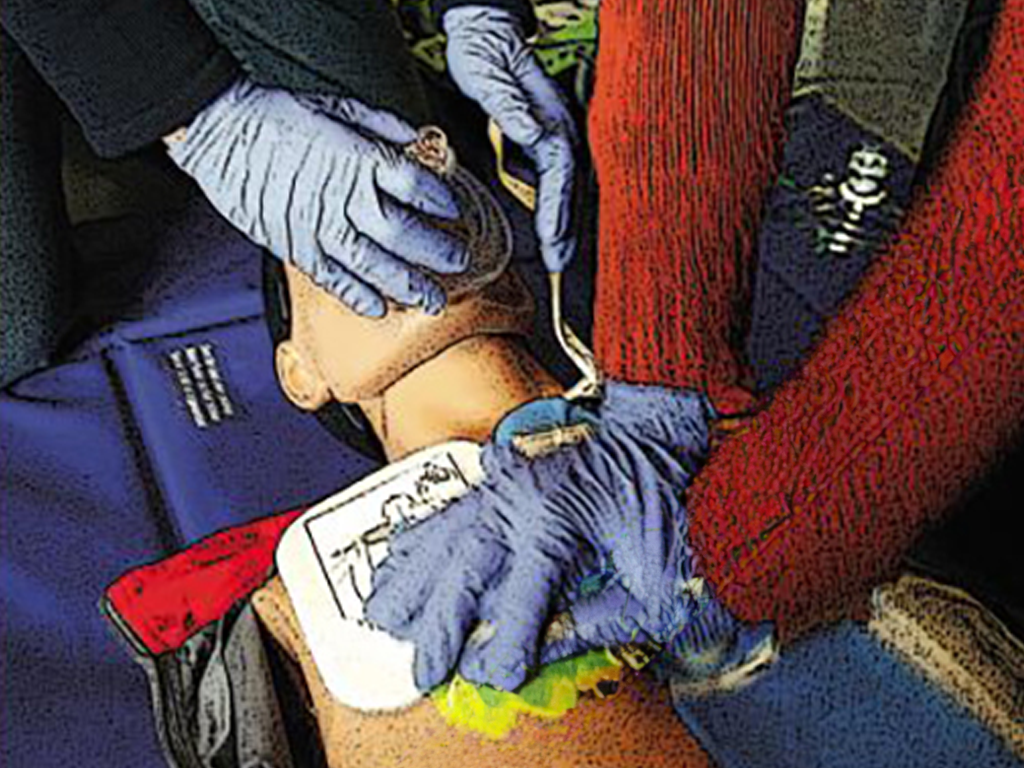 Physics
Physics


46503508 / 55502982
Gravity
Attraction of masses
Gravity is the force that pulls something to the ground. It ensures that everything falls downwards. Like every force, it has a direction, namely towards the centre of the celestial body. The film vividly shows the development of the law of gravity from Isaac Newton through the further development by Albert Einstein, who described that gravity not only causes bodies to attract each other, but also causes space to curve around a body. Space and time are no longer absolute, fixed quantities, but changeable.
In this context, astrophysicist Harald Lesch explains very impressively how black holes are created and how the orbits of planets depend on gravity.
In combination with the extensive additional material (classic and interactive worksheets, glossary, test questions), the medium can be used excellently in lessons.
Glossary, interactive tasks and test questions were created with H5P and can be used without additional software.
In the detailed data section of the DVD 88 pages of teaching and accompanying material, of which:
23 pages of worksheets and supplements with solutions
17 test questions
10 Interactive tasks


Curriculum-centred and oriented towards educational standards
Matching
Resuscitation
It can happen to anyone – of any age, in any place, at any time. Sudden cardiac arrest may quickly prove fatal. Immediate action is called for! Just remember: Check Call Press Anyone can do it. You can't do anything wrong!
Product Piracy
Counterfeiting takes place in almost all economic sectors – textiles, watches, car parts, machine parts, tools, accessories, software and medicines. Some counterfeits are easy to recognise, others are so well-executed that even experts have difficulty distinguishing between original and imitation. This DVD covers the development of a product from idea to manufacture. Once a product has become a trademark, product pirates appear on the scene.









